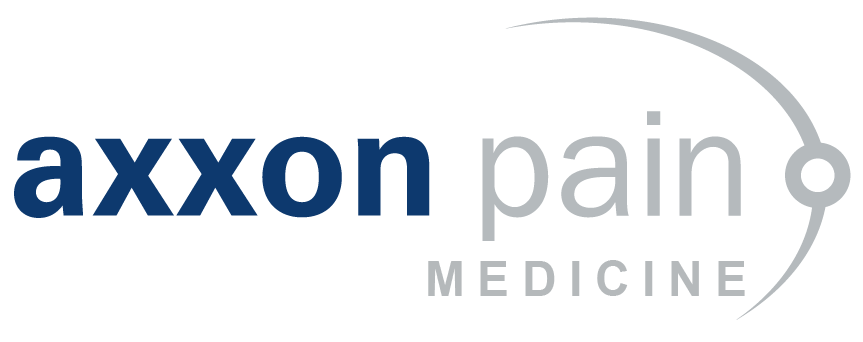Procedures for Pain Relief

Radiofrequency neurotomy
Radiofrequency neurotomy (also known as radiofrequency ablation) uses heat to target specific nerves and temporarily stop their ability to send pain messages. The heat is generated by radio waves from needles carefully inserted near the targeted nerve.
This results in a significant reduction or complete resolution of the pain, which lasts about a year until the nerves regenerate.
For your comfort, we sedate you while we perform radiofrequency neurotomy. We use mobile image intensifier x-ray guidance to ensure the correct position of the needles under sterile conditions.
This technique may be used to treat pain in your back, neck, buttocks, hips or knees.

Epidural treatment
Epidural treatment helps target pain stemming from your intervertebral discs, spinal cord or spinal nerve roots.
The epidural space surrounds the dura, a fibrous layer of tissue surrounding the spinal cord. Using this space, we can deliver medications directly to the affected area of your spine.
First, we numb your skin. Then, using X-ray guidance, we insert a fine gauge or tuohy needle into the epidural space to inject a local anaesthetic and a steroid. This procedure can provide significant benefit and be repeated over the course of a year.
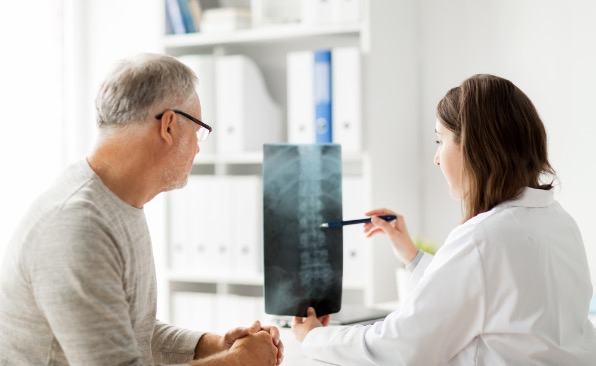
Spinal cord stimulation
Spinal cord stimulation involves positioning electrodes into the epidural space around your spine to modify the pain signals travelling to your brain.
Spinal cord stimulation has been used in the treatment of pain since 1967. With advances in technology, there are now a number of types of stimulation available. Your pain specialist will be able to assess if this technology is appropriate for your pain management.
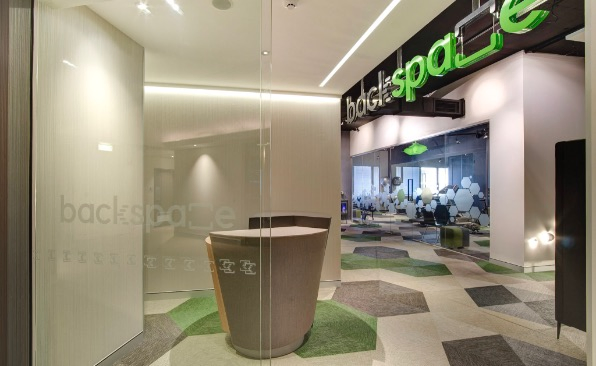
BackSpace (Integrated Therapies)
At Axxon Pain Medicine we are closely partnered with the expert integrated team of physios, exercise physiologists and massage and stretch therapists to provide comprehensive oversight of pain management and recovery. This model of comprehensive care is central to our philosophy of pain management here at Axxon Pain Medicine. Our pain management specialists provide collaborative oversight of patient care within the Backspace rehab and exercise programs.

Facet joint injections
Facet joints are small joints between each of the vertebrae in your spine. They help to give your spine its stability and flexibility but they can become painful due to arthritis or injury.
Facet joint injections use both local anaesthetics and steroids to help to identify the precise cause and location of your pain and to relieve it. This may make it easier to do rehabilitation or physiotherapy to strengthen your back .

Nerve blocks/ steroid injections
Pain originating from the nervous system is termed neuropathic pain. When neuropathic pain is due to damage or compression of a particular nerve, we can target that nerve specifically using imaging techniques. Blocking the input signals from the nerve with local anaesthetic will quickly determine if the nerve is a large source of your pain.
Nerve blocks and steroid injections deliver local anaesthetic and steroid using a fine-gauge needle to reduce inflammation around a nerve and provide pain relief compression over the nerve. This procedure can provide significant benefit and be repeated over the course of a year.
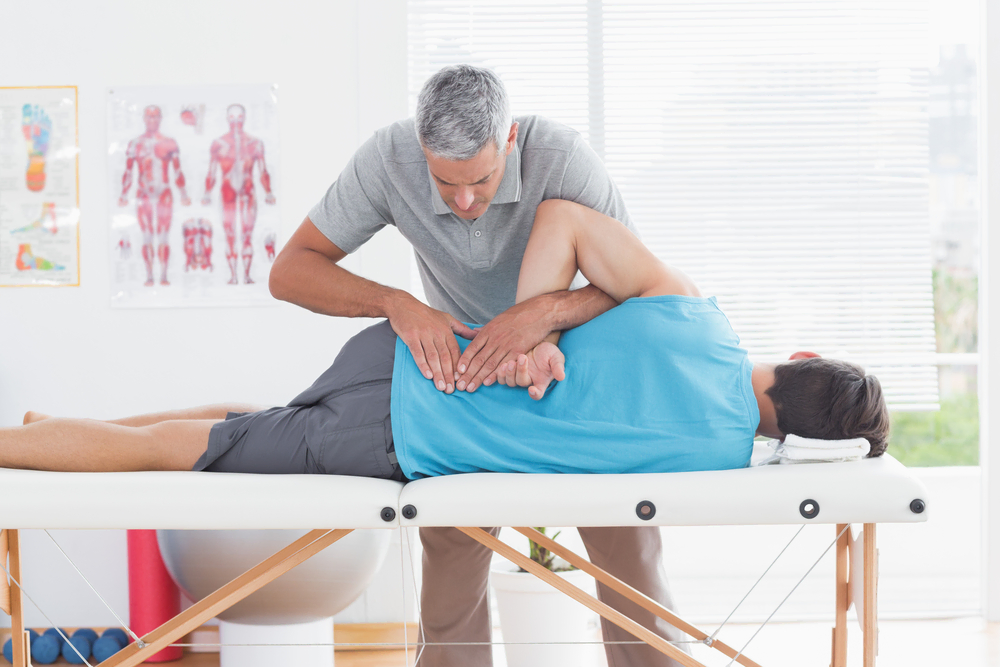
Intrathecal pumps
An intrathecal pump is a battery-operated device that delivers medication directly into the spinal canal. The system uses a small pump that is surgically placed under the skin of your abdomen. The pump delivers medication through a catheter to the area around your spinal cord.
Delivering the medication via this technique eliminates the side effects of oral medication and enables symptoms to be controlled with a much smaller dose of medicine. The pump is programmed to meet your specific needs and can be adjusted as required under the guidance of your pain specialist.
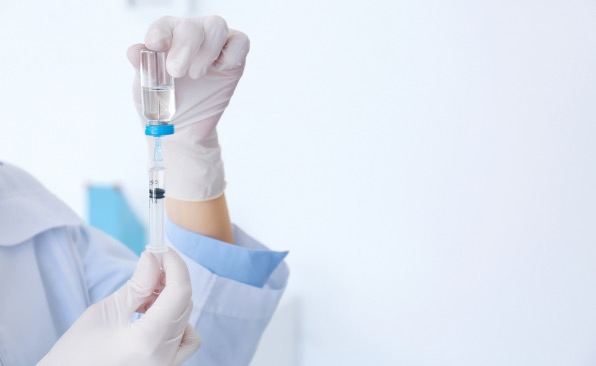
Lignocaine infusions
Lignocaine is a local anaesthetic used commonly to block the transmission of electrical signals in the nervous system. It is commonly used to block specific nerves or groups of nerves, but when given systemically through the bloodstream can be used to treat neuropathic pain disorders.
We insert a cannula into your vein and connect this to the pump, which then delivers a lignocaine infusion over the next 30-60 minutes. We carefully check on you at regular intervals before, during and after the infusion.
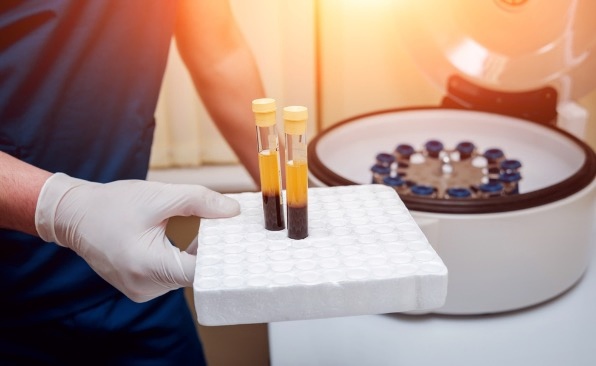
PRP
If you have knee pain due to osteoarthritis or cartilage problems, platelet-rich plasma (PRP) may decrease pain and improve your quality of life and function for up to 6 months post injection.
Preparation of PRP includes drawing blood into a tube containing an anticoagulant, putting it into a centrifuge to separate out the red blood cells, plasma layer and platelets, then extracting the layer containing the plasma and platelets. This is then carefully injected into the area to be treated.
